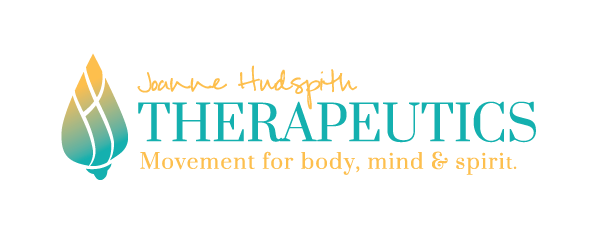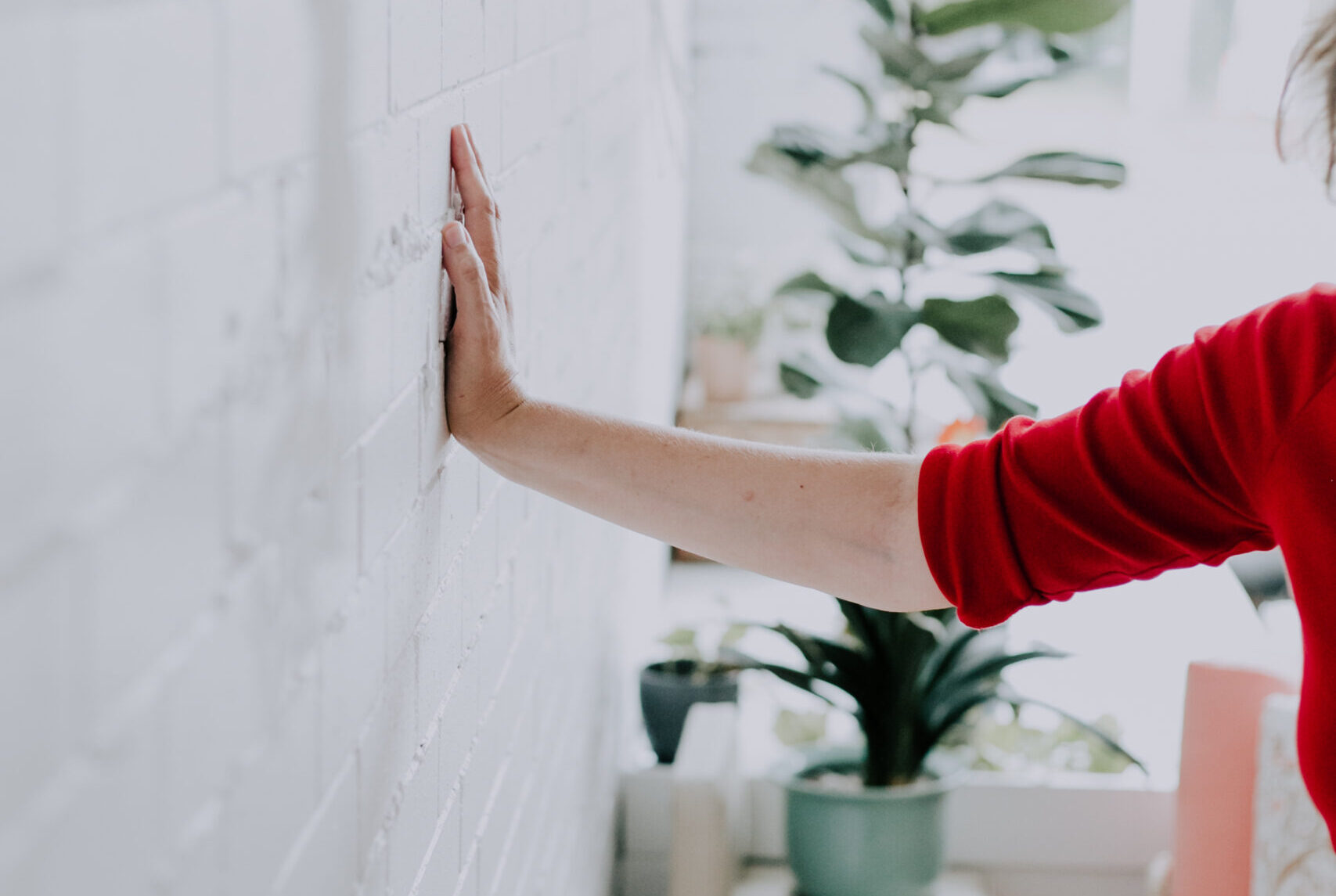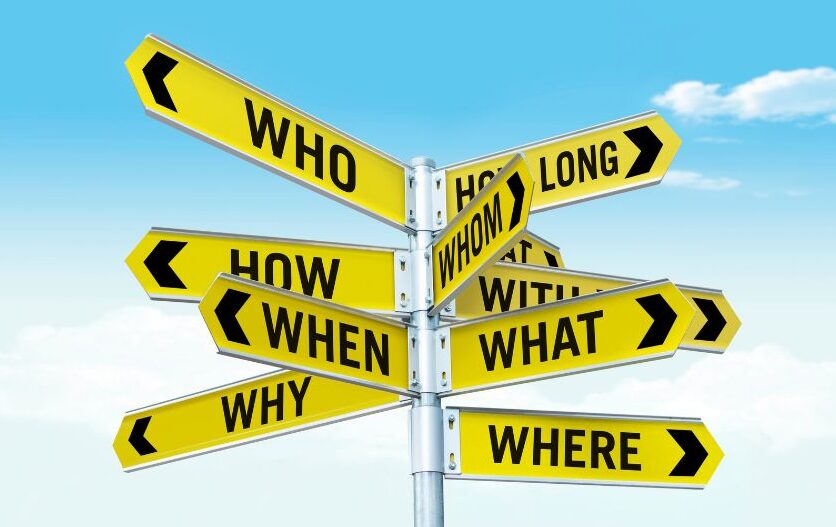We know that structure supports us, and we establish routines, schedules and procedures to help us get through our days, weeks and years. Hard-wiring patterns into the nervous system is the brain’s way of conserving energy; when we don’t have to think about how to put one foot in front of the other, more energy is available to find food or shelter.
Our nervous system protects the patterns that have evolved by making us uncomfortable when they’re challenged. Consider how you feel when confronted with the unfamiliar or unexpected – finding your way around a new grocery store, the introduction of a new co-worker, the cafe sold out of the menu item you always have…
At the same time, we can be delighted by the unfamiliar and unusual – a holiday that offers a break from routine and a chance to explore a new environment and culture, the discovery of a new hiking trail or park, the first meeting with a new book club…
What’s the difference between dread and anticipation?
What’s the difference between that feeling in the pit of the stomach when we’re uncomfortable and the feeling of butterflies when we’re thrilled? I think there are many variables, and the answer is different for each of us, but part of it is mindset and part of it is the level of tolerance our nervous system has for change.
One of the best pieces of advice I ever received from a teacher was, “get in the habit of not being in a habit.”
What this meant for me at the time was that I could let go of needing there to be a “right” way of doing a certain movement or exercise. When my movement practice is guided by sound principles and solid knowledge of anatomy and physiology, and I’m willing to listen deeply to what my body is telling me, I can move safely, reduce pain, and build strength and stability. Things get a lot more interesting without the rigidity of always doing something a certain way.
I’ve noticed the principles I adopt in my movement practices have a ripple effect, and life, especially the past few years, offers an abundance of opportunities to get in the habit of not being in a habit. This means paying attention to what my nervous system is telling me – whether there are knots in my stomach or my heart is bursting with joy – and getting curious about what I can learn from that sensation. When I let myself feel without judging the sensation, I can discern what habits are holding me too tightly and where there are opportunities to grow.
Think back to every big and wonderful decision you’ve made – chances are that there was also an element of discomfort that came with it, a moment when you decided to jump off that metaphorical cliff, despite the uneasiness you felt in your heart or gut.
In addition to those big watershed moments, there are ordinary moments in each day to practice letting ourselves feel, making a different choice, creating a new habit. I think this might be what we call personal growth, or evolution.
Over the past three years, I have evolved.
At times accompanied by butterflies in my stomach, and at others, a sinking feeling; at times my heart warming and growing, at others it lurching and skipping a beat. Through both defining, extraordinary events and unremarkable, everyday moments, I have evolved. I have written a book, completely changed the way I am working with students and clients, worked in jobs that I never would have expected, and still am both excited and apprehensive about what is to come. When the feeling in the pit of my stomach stays with me a little too long, I remind myself that I have something to learn from it and remember what it has taught me thus far. It’s still uncomfortable, but I am more able to welcome it than I used to be.
How does your nervous system “talk” to you? What can you learn if you sit and listen?
The evolution of my teaching has been shaped by the wide variety of people I learn from. Although many of my students still call what I teach “yoga”, the reality is that any given class will include some combination of functional movement, strength training, lymphatic work, and therapeutic movement, with the occasional yoga pose showing up here and there.
The way we use our time has evolved over the past three years, and the timing and length of my classes reflects that. Some classes are still the traditional 60-75 minutes; I’ve also introduced “movement breakfast” classes at 8:30am that are just 30 minutes and are a great start to the day for both me and my students. Some classes are gentler, others are more dynamic. Some include more floor work; others have us standing for the whole class. The props I use most often these days are dumbbells, resistance bands and balls. Online classes used to make me so uncomfortable; now I love them for their convenience and how much more easily they work with the other aspects of my life.
Is your movement practice evolving with you?
How have your body, personal life, schedule and interests changed over the past several years? Do the ways you are moving reflect your evolution? Are your habits supporting you or are you supporting them? I invite you to notice what’s working, what’s not working, to listen a bit more deeply to the whisperings of your nervous system, and make choices that nourish, stimulate and grow you.




